They say that if you do a PDC course you are undergoing a big change in your life. And we couldn’t agree more.
Even a little before we did the actual PDC course, while we were already inspired by permaculture principles, workshops in agroforestry with Ernest Gotsch, a visit to the forest garden of Martin Crawford and many videos of Geoff Lawton, we got ourselves a job as designers.
This is still our daily job, working in the vegetable garden of Areias do Seixo charm hotel, very near the cost of the atlantic ocean. To be more exact, one hour North of Lisbon in Portugal.
The already existing organic garden of the hotel needed new gardeners and that is where we came in. Although we had big plans since the beginning we felt that the implementation of our design should be blending in smoothly as the hotel was open and its visitors where frequently coming by to see what we where growing for the dinner.
Although we had the plans on paper, the first thing that had to be done was planting annual crops to supply the kitchen with fresh greens. Besides that, we had to start working with sandy soil, very strong north wind and very hot and dry summers, something we were not experienced with. With all these challenges together we realized that it was best to put this quote of Bill Mollison in mind:
We had to go with the flow and started planting vegetables even though we didn’t have time to create mulched vegetable beds on contour, etc. Only later in our spare time in between the daily routine we started bending the lines of our vegetable beds, making little pathways, creating raised beds with compost and so on… Eventually we were able to create a very interesting pattern that was perfect and very playful with a lot of edges. So we hardly made contour beds, but all together the whole area was now slowing down the water much better than before.
Another result of all these organic curves instead of straight lines was that the clients from the hotel could now go on a little adventure, discovering the area more as a garden instead of seeing it as an area purely for agricultural purposes.
And the last problem, the wind, also became of lesser importance as we now had created a pattern where we could introduce fast growing, evergreen, nitrogen fixing bushes with edible berries (elaeagnus ebbingei) that are very wind hardy and can get 5 meters high.
In the first winter we had our first storm and it was definitely a good test to find out that our fences were too weak and our plants too exposed.
We started using giant reed that was growing abundantly on the edges of our system to build fences. We also made a roof over our compost bins and until today the reeds are being used for many purposes.
To get a bit of an idea of how it was and what it became you can see the pictures here below. It shows a raised bed we made (Sepp Holzer style) full with rough organic matter from the compost bins mixed with our sandy soil. We seeded it with a seed mix of pumpkins, cabbages, nasturtiums, sunflowers and nitrogen fixers like broad-beens and lupins. Now after three years it is almost maintenance free completely covered with beneficial plants. Once a year we add some compost and we chop a few weeds that made it through the ground-cover.
While that was growing we started with a new project elsewhere in the garden, and in too many places at the same time, until we realized that when you are creating a resilient and edible landscape the beginning is the most important part. We decided then to start small and expand from there by concentrating good compost and mulch very abundantly on a small area instead of bringing a wheelbarrow here, there and everywhere. The interesting thing that happened was that this small garden was holding on to the water and nutrients much better. Instantly we got amazingly good crops growing and it showed us a glimpse of what was possible for the bigger picture.
“The Permaculture Homegarden” (a book by Linda Woodrow) inspired us to create more of these small gardens but than managed by chickens. Now we are moving our chickens from area to area growing beans up against their fences. And it is very effective as their manure is accumulating within these areas including the straw that we leave behind after cleaning their housing.
All the area around the chicken area is growing into an even less labour intensive forest garden where we stimulate the growth of many perennial species like nitrogen fixing trees and fruit trees, berry bushes, rhubarb, horseradish, asparagus, aromatic herbs, self seeding annuals and so on. All these plants are slowly but steadily taking their place in our system. Instead of weeding and pulling out plants that we don’t like we “chop and drop”. This way their root systems stay in the ground to regrow or to die off and rot in the soil creating tunnels for aeration, infiltration of water and habitat for organisms.
All the material that we “chop” we directly “drop” on a favorable position.
Since the beginning our motto was to grow as much diversity as possible as this made sense for various reasons. People love to take a walk and get to know more about how all these different elements in our garden function and cooperate. It speaks to our imagination. The biggest benefit for us is the fact that we really can see that companion planting works, we have far less problems with snails and other plagues and pests (specially since we introduced chickens). We have also realized that various species cooperate fine, even when put very closely together. Now we just plant them together randomly and let nature decide what is the best combination. We try to focus on what grows good and stimulate it.
Some plants shoot directly to seed to secure their offspring as fast as possible, while others make very upright big leaves to capture more light and water. But if you see all these plants growing together towards the light in this harmonic form, it becomes clear that they don’t really compete with each other but rather are just adjusting and figuring out which one of them benefits most from the current conditions, as there is always influencing factors like wind, water, sun, shade, temperature, insects, animals (us), soil and maybe even sound. And at that point certain plants take the lead while others stay to support it. When the situation changes the leading plant species make room for other species. So if you are looking at it like that, it seems to be more cooperation between plants than a competition.
So our conclusion until now is that you can design almost everything in a landscape but to find out how to design your plants into it, can often be less concrete. It is almost as if you are trying to point at something that is all the time moving as the seasons change every location is different all the time. So in our experience it can be very beneficial to have an openminded approach and plant your plants on difficult locations more randomly, just to see what nature does with it, so you can observe and let it all happen without breaking your head over it. Even before planting, it makes sense to observe the plants that are already growing on that location. Often you can find interesting edible species between the “weeds” that are from the same plant family or look similar to other plants, and that might be a sign that they will grow very good.
To get to understand a little bit more about our work we put together this information below for in case you wanted to know more.
We work an area of approximately 5000 m2, with three people.
The prevailing wind is north west, the rain fall is about 700 mm/year but falls primarily in winter.
The sea is about 500 meters away.
We are now in a system where perennial food is always available, and annual food is produced in the chicken areas worked by 25 chickens divided in 3 groups.
Every two weeks we have a group of chickens to move and a new area to plant with annual vegetables like courgette, tomatoes, lettuces, chicories, carrots, beet roots, mustard, peas and many others. All these annual plants are germinating in our nursery.
Some of these chicken areas are for a longer term crop, others are for fast growing crops. This way, we let some annual plants stay longer for a later harvest and allow them to produce seeds.
In the spring the whole garden is covered with flowers of radishes and cabbages that start making seeds. The flowers and the green seed pods are an amazing ingredient for the hotel’s restaurant and for decoration besides being an attraction for pollinating insects.
Do we produce enough? It’s never enough. We can freeze it, conserve it into pickles, dry it, make jam out of it, there’s always use for what we produce, otherwise it becomes compost and food for the chickens that transform it into healthy eggs.
It has always been amazing to see the reaction of people when they step into the garden. Many of them never thought about a vegetable garden with no straight lines, not plowed, and not with one main crop. A lot of people ask us where are the vegetables, where is the food, and then we give them nasturtium flowers and all kinds of leaves to taste, radishes, rocket that grows wild everywhere, brassica sprouts, broad beans, peas, fennel, and then they start realizing that food is everywhere.
And then we also show lettuces and Swiss chard that are growing in the chicken areas hidden between the fruit bushes and then this wild garden becomes something that we all can understand.
And much more because of all the features it has, mulch pits turning into ponds, a rope pump made from recycled materials, a bee hotel to attract pollinators, a solar dryer, a worm farm that produces compost, food for the chickens and compost tea and the chickens and all there is to know and to discover about them.
And than we ourselves realize that in that moment as we are showing it, things have already changed since the last time we looked at them.
Where we once saw tall grasses, we can now see the first edible bamboo shoots taking over. We see mulch ready to be harvested, and pioneering trees showing the beginnings of a forest garden, by turning the sand under them into dark rich soil.




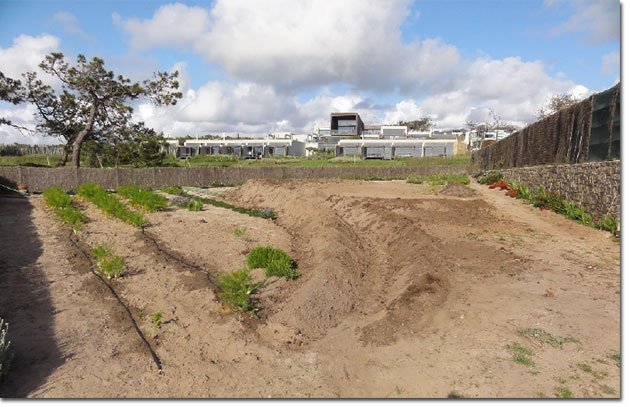
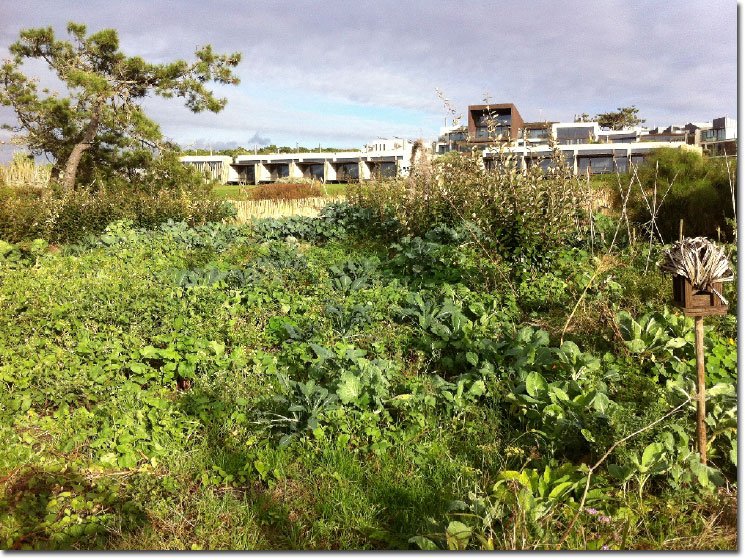
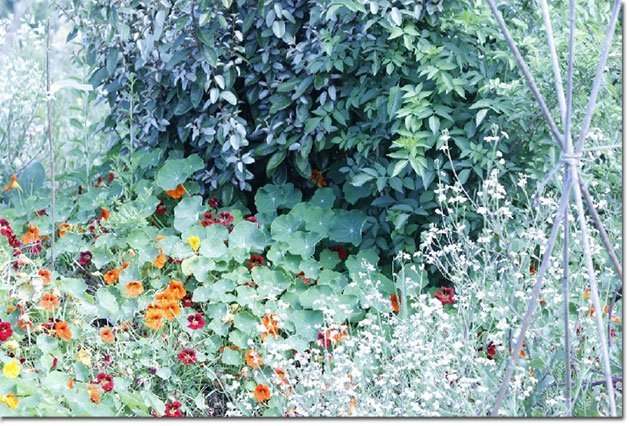
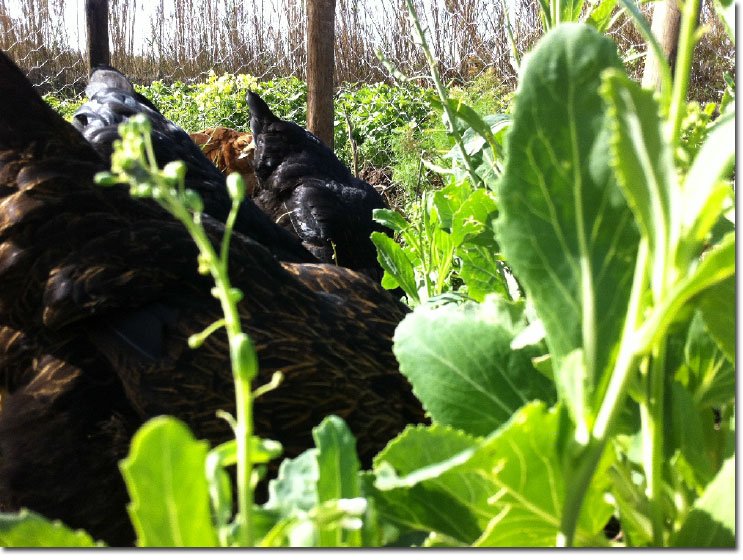
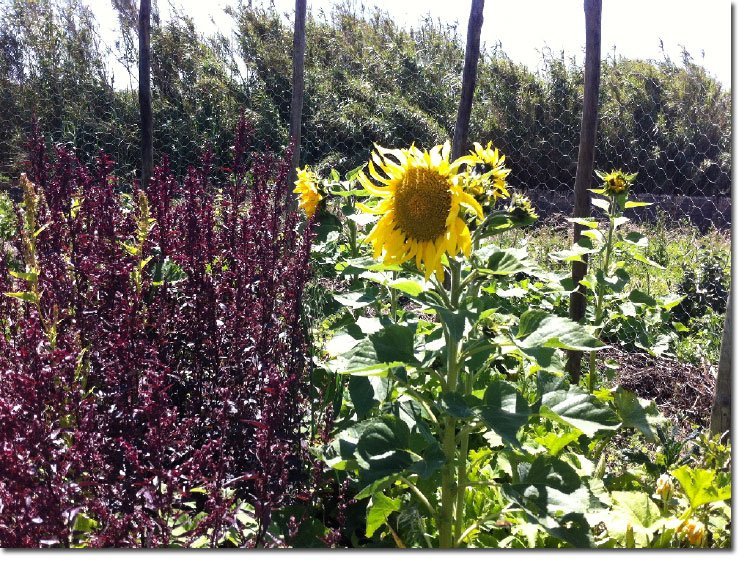
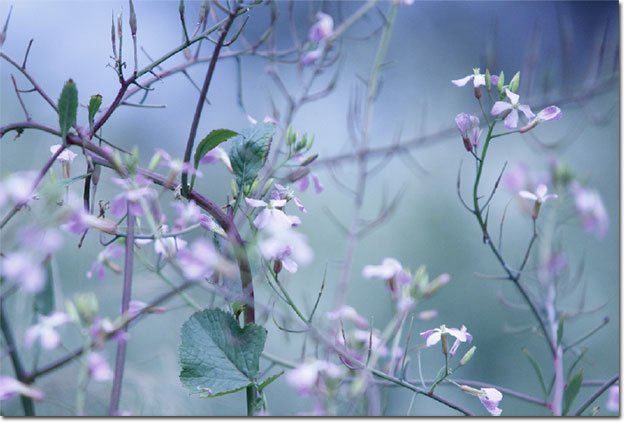
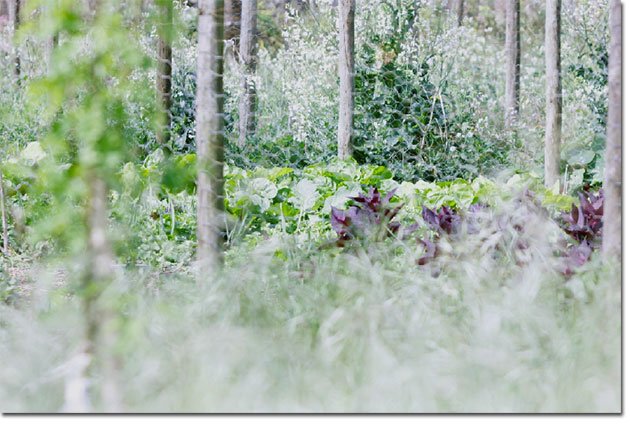
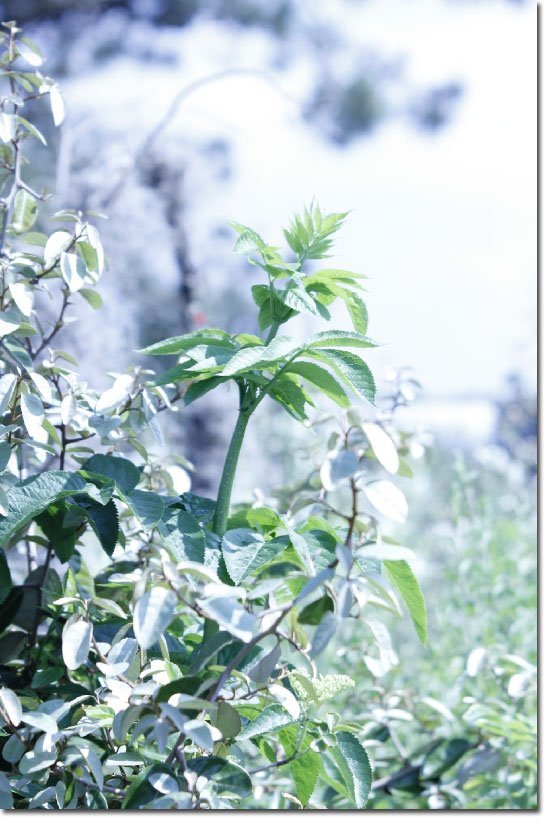










To everyone involved in this project well done really looks awesome keep it up
A Permacultura consegue reunir os mais ancestrais conhecimentos de biodiversidade e por isso mesmo ser a sobrevivência das futuras gerações.
Web Team translate via google : Permaculture can gather the most ancient biodiversity knowledge and therefore be the survival of future generations.